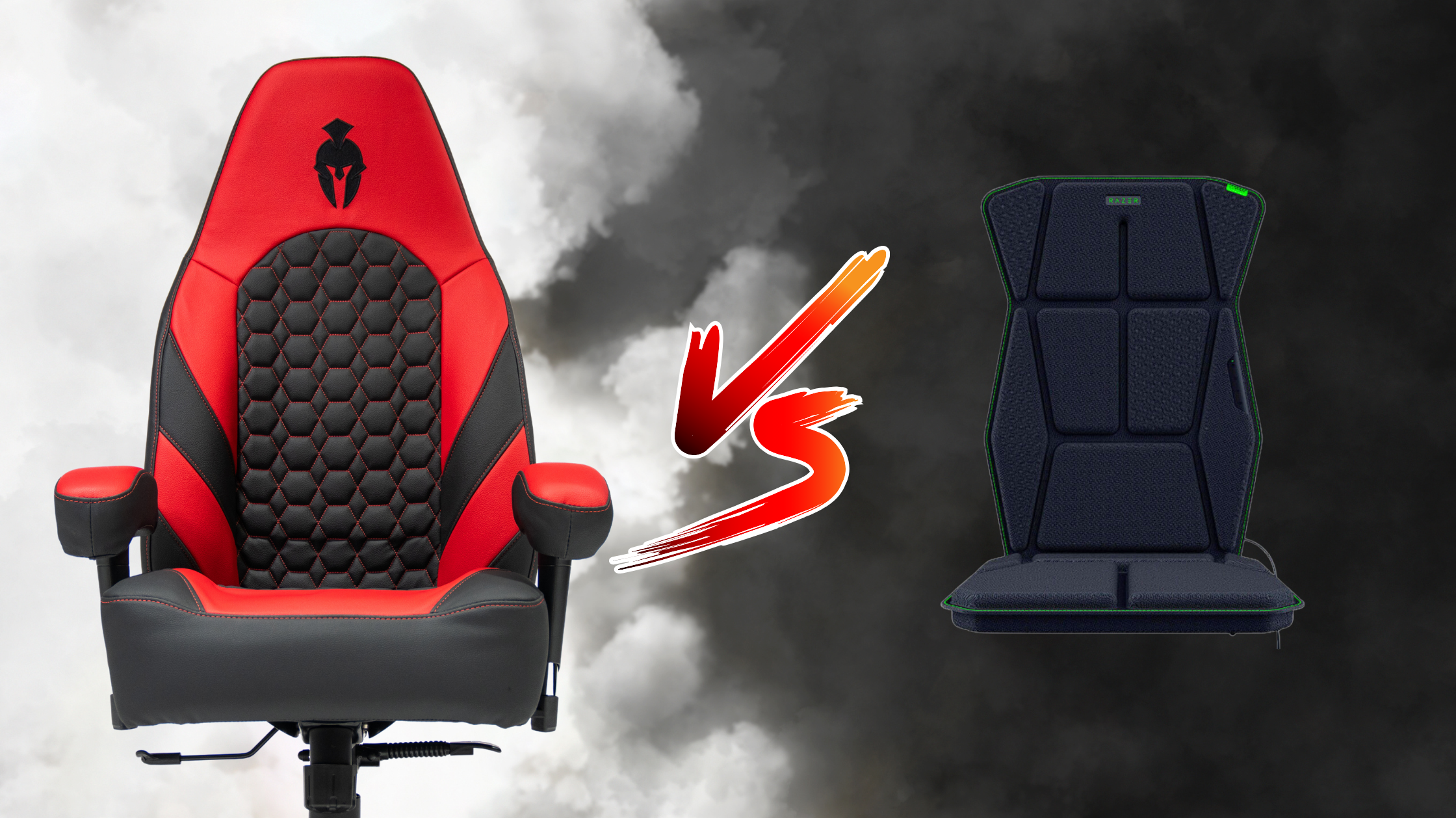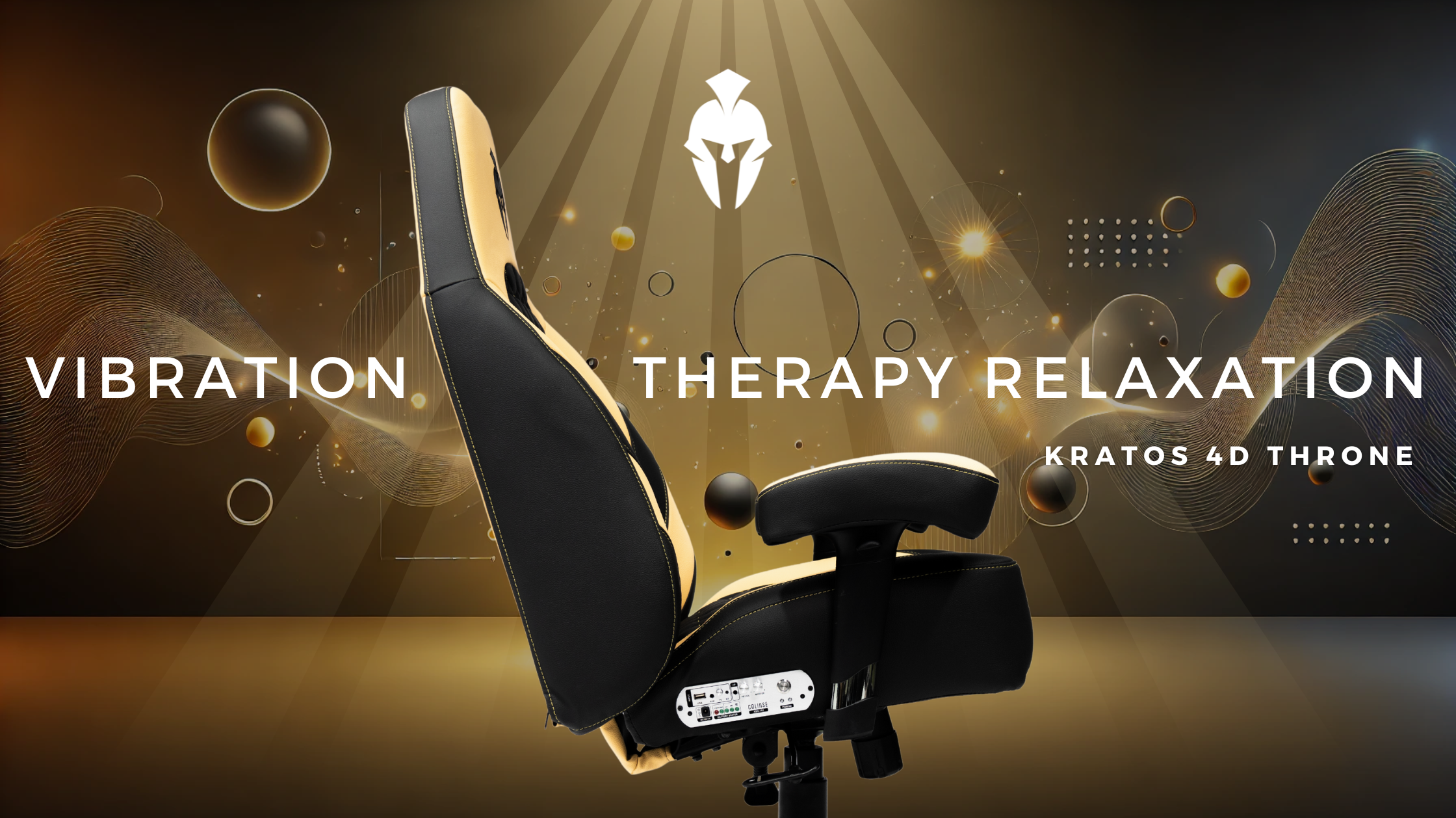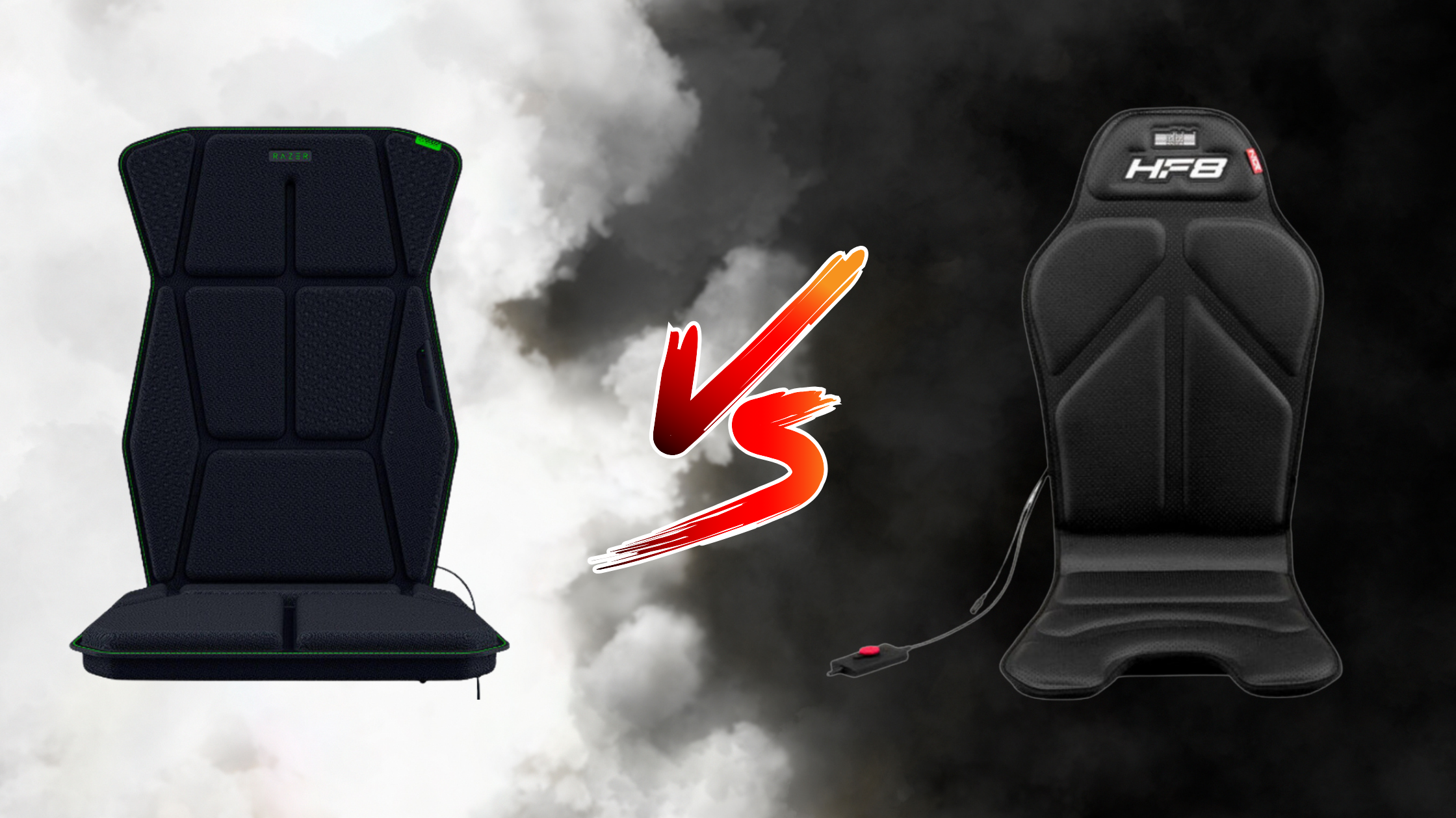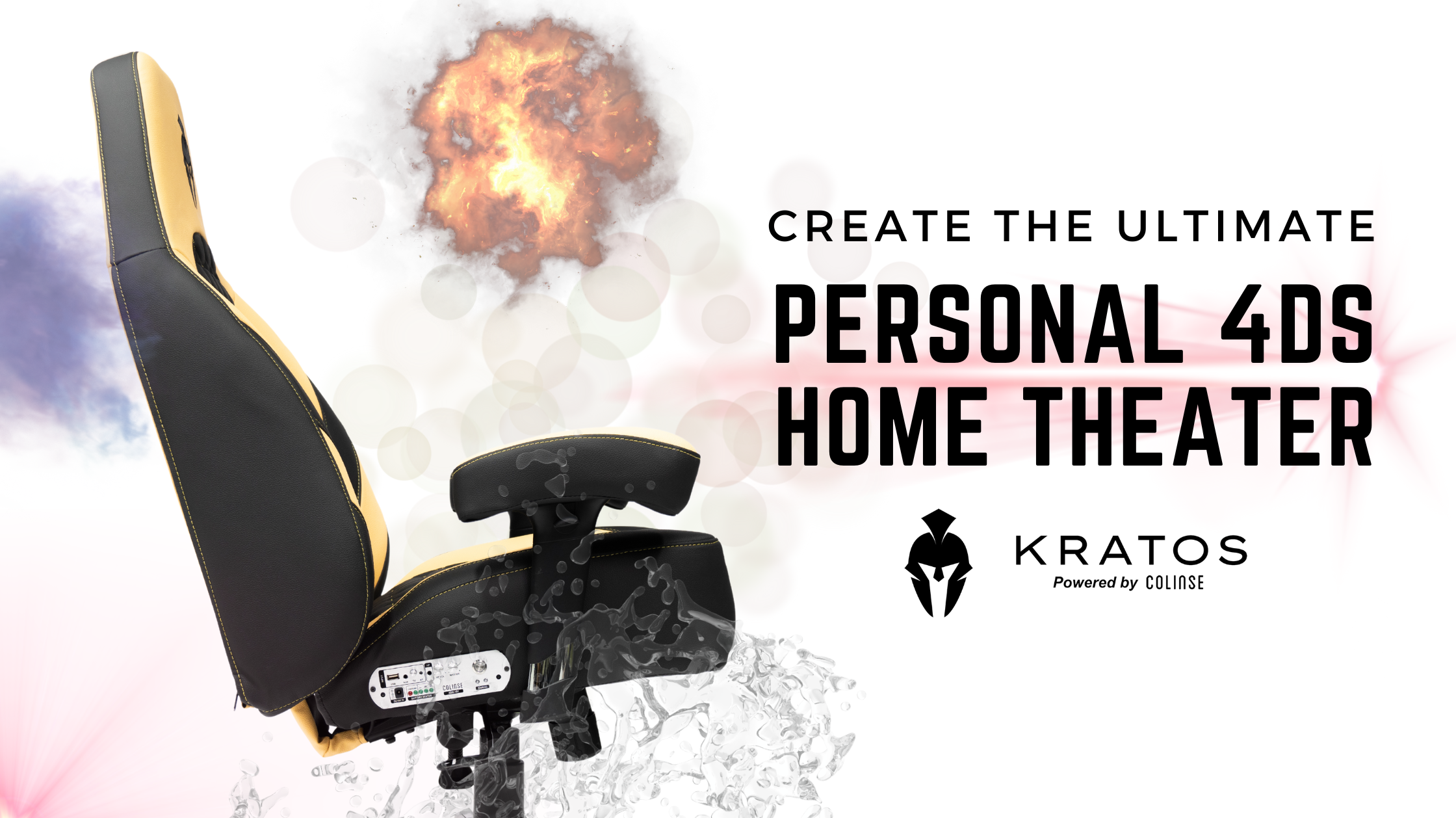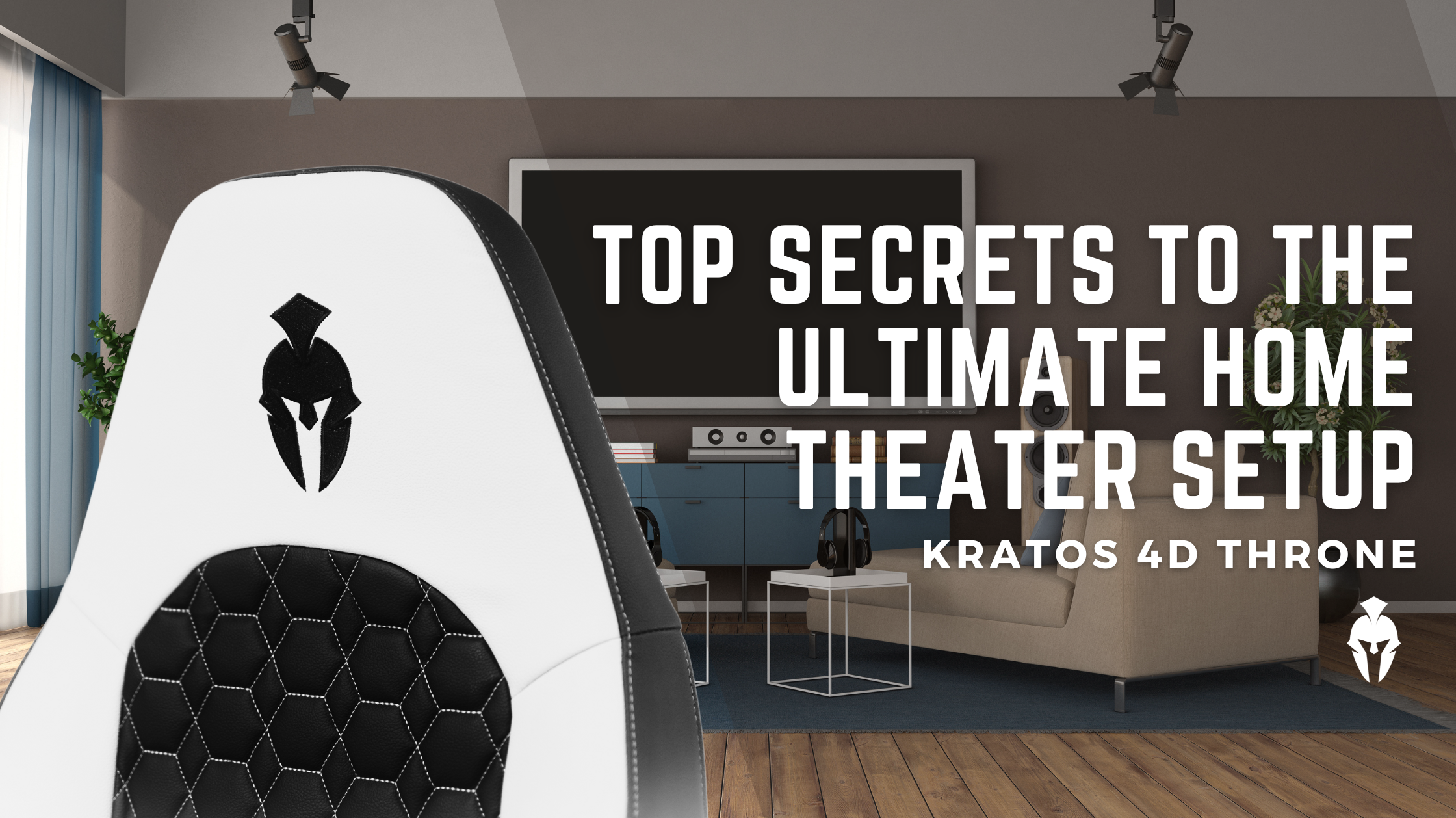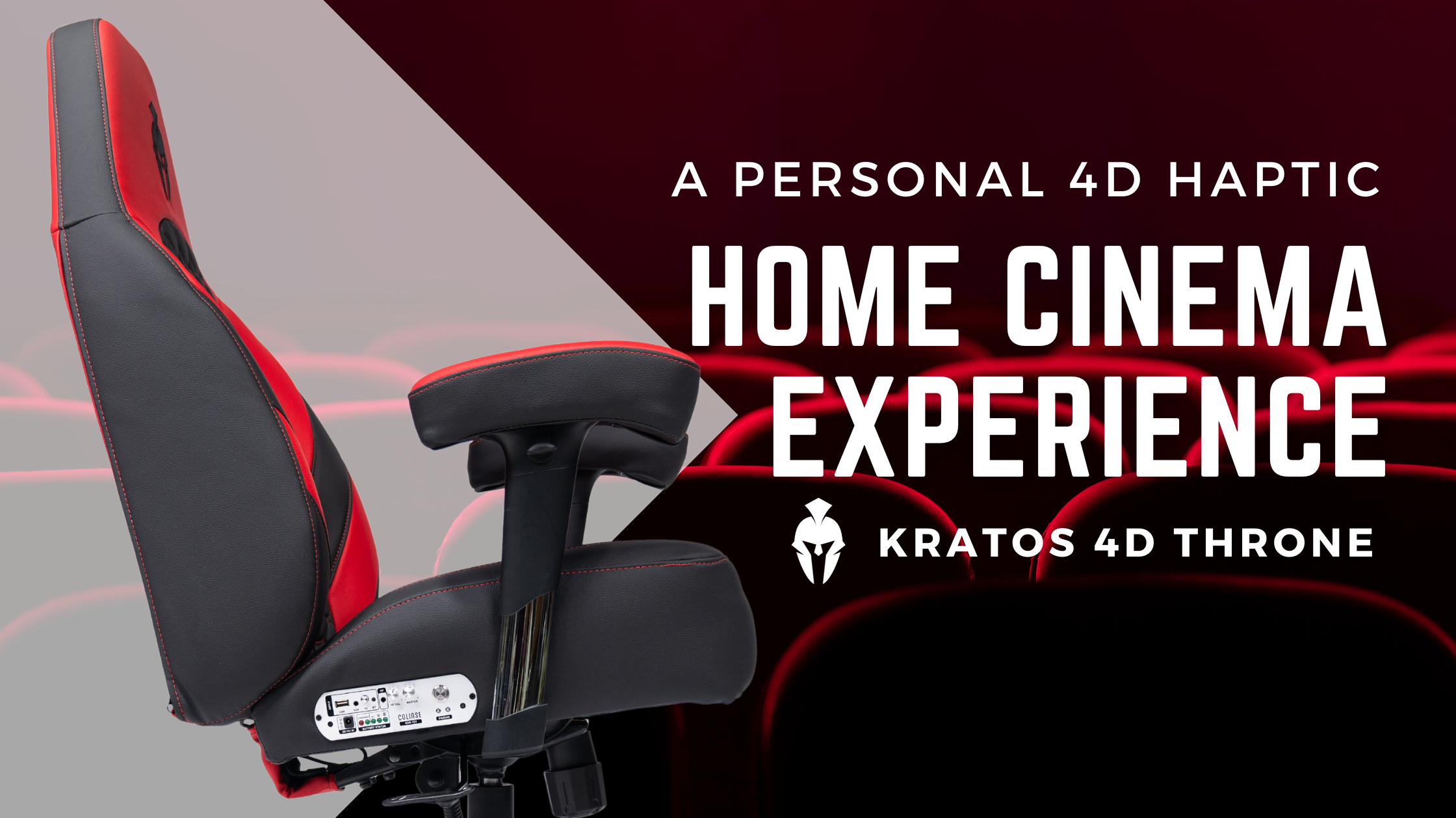Introduction
Haptic feedback technology has revolutionized the gaming experience, providing immersive and tactile interactions. From its early days to the advanced systems we see today, haptic feedback has become a crucial feature in gaming chairs.
History of Haptic Feedback
Haptic feedback, or force feedback, has roots in early virtual reality and flight simulation technologies. Initially developed to enhance user experiences in simulators, it has evolved to meet the demands of gamers seeking more immersive gameplay.
Development in Gaming Chairs
Early gaming chairs offered basic comfort and ergonomics. The introduction of haptic feedback marked a significant milestone, transforming chairs into interactive components of the gaming experience. Companies like Kratos 4D Throne have pioneered this evolution, integrating advanced haptic transducers instead of traditional motors.
Current Innovations
Today’s haptic gaming chairs, such as the Kratos 4D Throne, utilize cutting-edge technology to deliver precise and responsive feedback. This technology allows gamers to feel in-game actions, enhancing immersion and realism.
Benefits of Haptic Feedback in Gaming
- Enhanced Immersion: Feel the game’s environment and actions.
- Improved Reaction Time: Haptic cues can provide real-time feedback, helping improve gameplay performance.
- Accessibility: Haptic feedback makes games more accessible to those with hearing impairments.


